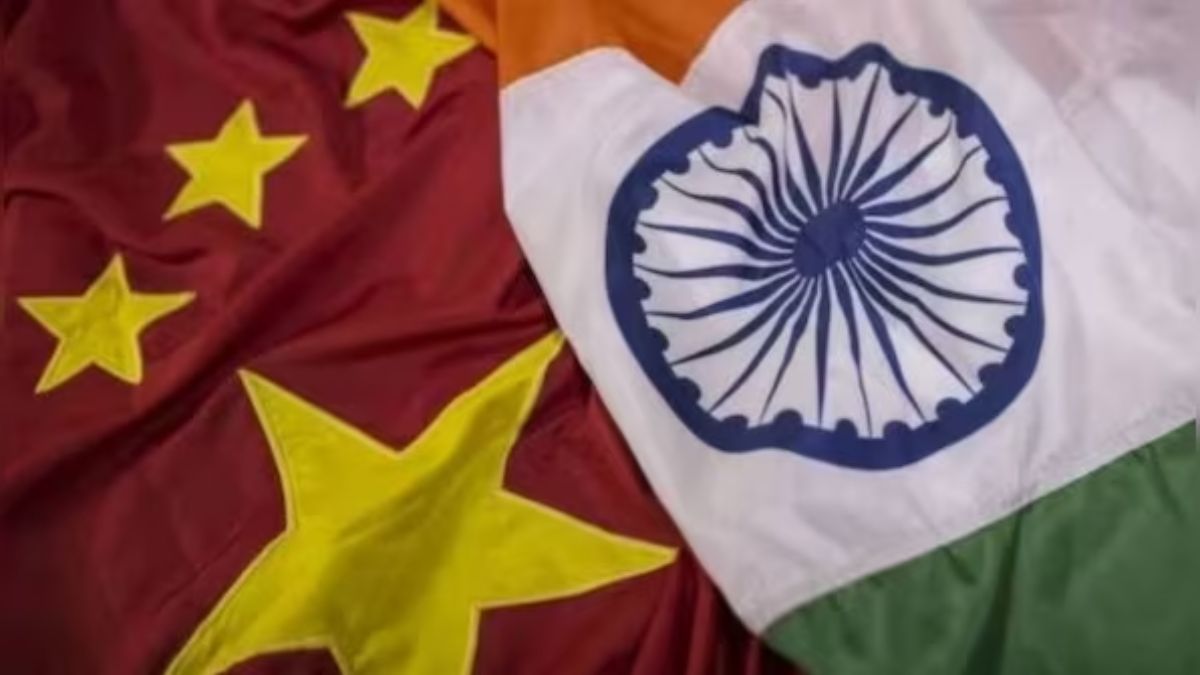On 4 May, 2020, a day before India recorded the highest single-day jump in COVID-19 cases and deaths with 197 new fatalities and 3,900 infections, Lav Agarwal, Joint Secretary, Union Ministry of Health and Family Welfare claimed during a press briefing that the “(COVID-19) curve is relatively flat as of now”. He went on to add that “If we work collectively in that direction, then the peak may never come.”
This large discrepancy between the Ministry of Health and Family Welfare assessment of the situation and the reality of the ongoing pandemic in terms of lives lost to the disease leads one to question: Is India really flattening the curve? Or is this a classic case of cherry-picking data to fit a particular narrative?
The answer to this question lies in the definition of the term: “Flattening the Curve”.
Definition of flattening the curve
In epidemiology, the curve (also called the epidemic or epi curve) refers to the projected number of new cases over a period of time.
Originally shared by Dr Drew A. Harris, a population health analyst at Thomas Jefferson University in Philadelphia in the form of two epi curves, flattening the curve is a public health strategy to stagger the number of new cases over a more extended period. Flattening allows people to have better access to care, hospitals and vaccine-manufacturers to have more time to prepare, and healthcare workers and police to take a breather.
In the above graph, both curves show the number of new cases over time — one without any protective measures (the red one) and other with it (the blue one).
A steep curve (shown in red) indicates that the virus is spreading fast, and more people are seeking treatment at any given time. A steep fall often follows curves with a steep rise after the virus runs out of fresh hosts to infect. The catastrophic consequences of misinterpreting a false-positive result are all too evident in Italy, and indeed it represents a risk not worth taking. Not following a containment measure might result in a higher death toll alongside the risk of further loss of life caused by a health care system that is overloaded beyond its capacity.
On the other hand, a gentler curve (shown in blue) lower than the dotted line indicates that fewer people are infected with the virus, preventing a surge that will overwhelm the healthcare system.
Simply put, moving from the curve Red to Blue is flattening the curve. But to achieve that, we need to draw these two curves while keeping our local healthcare system capacity (the important dotted line) in mind.
So, is India “flattening the curve”?
The short answer is NO.
While the stringent containment measures implemented by the central government have certainly slowed down the growth of COVID-19 during the lockdown but is that growth rate manageable by our health care systems? The answer is no.
Let’s dive in to understand why.
First, let’s look at the rate of increase of COVID-19 cases in India, week by week. For the last two weeks (22 April- 5 May), the growth rate of COVID-19 cases in India is constant at 40 percent (compared to 250 percent the week before the Government of India ordered the lockdown on 25 March).
The decreasing rate of active cases alone doesn’t indicate that India is flattening the curve, although it definitely suggests that the growth has slowed down. To identify whether we have flattened the curve or not, we need to draw the two epi curves.
Let’s draw the blue curve first — an epi curve with protective measures like a lockdown, as we already have the data for this.
Drawing the red curve is trickier, as one needs to identify a projection model, in a hypothetical scenario if there was no lockdown or containment measure. Most of the COVID-19 projections are based on the ‘SEIR’ model, which tracks the flow of individuals through four stages: susceptible (S), exposed (E), infectious (I) and recovered (R).
Different models use different assumptions and techniques — which means that they give us different insights. However, since COVID-19 is still an unclear infectious disease, which means we can only obtain an accurate prediction AFTER the outbreak ends. Consequently, the multiplicity of unknown variables indicate that most projections currently employed at this moment are at best, a pure guess .
Despite this, for the sake of simplicity, let’s assume that the cases increase at the same rate as it was growing before the lockdown - meaning that it is doubling every three days. Based on this assumption, a straightforward statistical model, also used by Shamika Ravi, Former Member, Prime Minister’s Economic Advisory Council , can be applied to create a projection curve.
In that case, here is how the graph looks like, with a projected number of around 38,83,316 cases on 5 May:
As of today, COVID-19 cases in India are doubling every 12 days (as compared to 3 days before the lockdown). But we still can’t say that we have flattened the curve because of three big reasons: 1. Low Testing 2. Lack of an efficient healthcare system 3. Unreliable data to determine how COVID-19 will shape up after the lockdown Low Testing This is no hidden fact that India is testing way less than most countries of the world — 1 test per thousand people (compared to Italy, which is conducting around 32 tests per thousand people). But the most jarring fact is that India has also dropped testing rates as the number of cases in the country have increased. The testing rate has decreased from 150% (from 28 March - 3 April) to around 50 percent this week. So this could mean that the curve is not flattening and we are blindfolded by unreliable information about the COVID-19 cases in India.
Lack of an efficient healthcare system
Apart from the two epi curves, another critical component of the graph is the dotted line representing our Healthcare system capacity.
According to an estimation by The Center For Disease Dynamics, Economics & Policy , India has approximately 1.9 million hospital beds, 95,000 ICU beds, and 48,000 ventilators.
Even if we keep India under lockdown forever, with the current reproduction rate (R0 or R nought) — defined as the average number of people who get infected by an already-infected person — of 1.36, close to two million people will be infected in about 9 months when the peak arrives (analysis applied to one billion Indians below the age of 50).
We also don’t know how the rate will fare when India removes the lockdown given that the virus has an approximately two-week incubation period.
So, without any information on how many people we can treat, how many doctors we are testing, and how many of them are affected, we cannot determine the load on our healthcare system and hence cannot say conclusively that we are flattening the curve.
If you’re still not convinced, here is an example from Kerala which shows precisely what flattening the curve looks like — when the number of active cases becomes equal or less than the number of recovered patients.At this moment, the Ministry of Health and Family Welfare should stop claiming every day that they have flattened the curve and focus on raising the line of healthcare system capacity and increasing the testing. That is because, even as we flatten the curve, there remains a dearth of testing kits, beds, ventilators, PPE Kits, in other words, the essentials needed to treat patients.
Now, is not the time for rhetoric, it is a time to save lives.
The author is a data scientist and researcher with Reuters


)




)
)
)
)
)
)
)
)